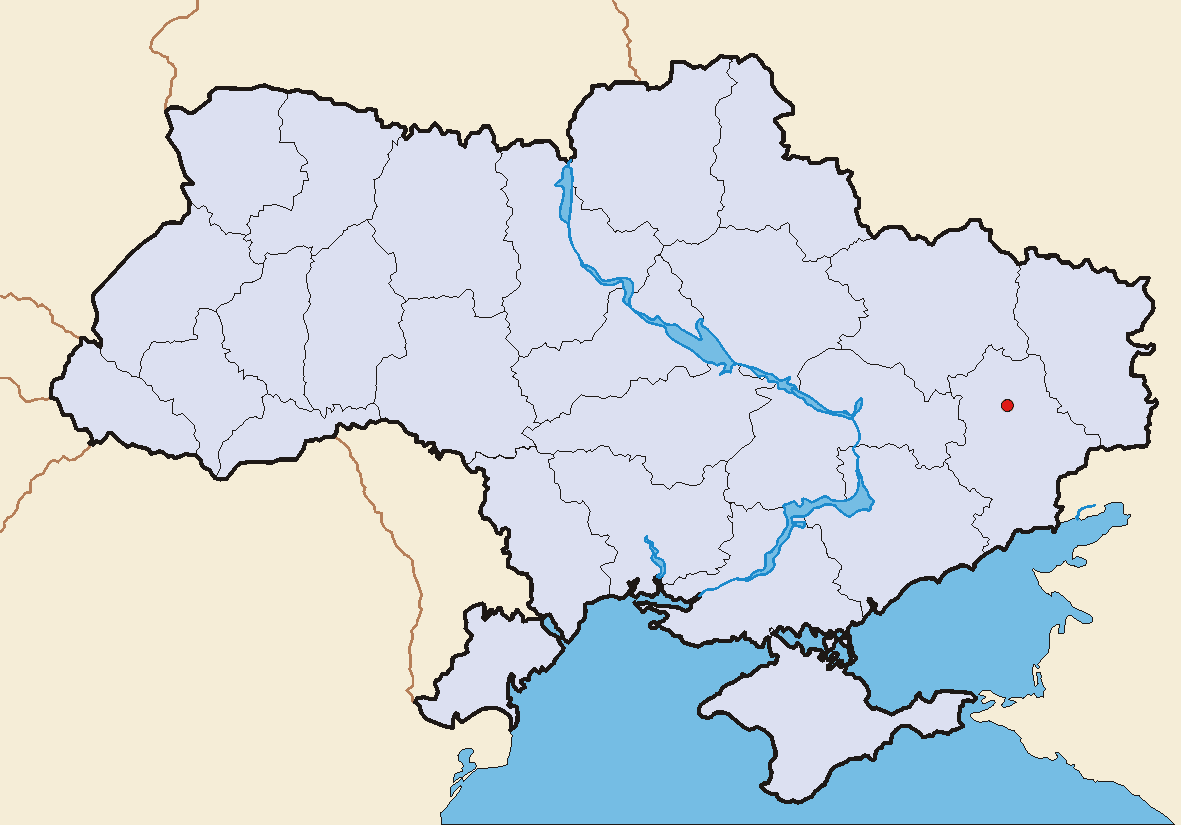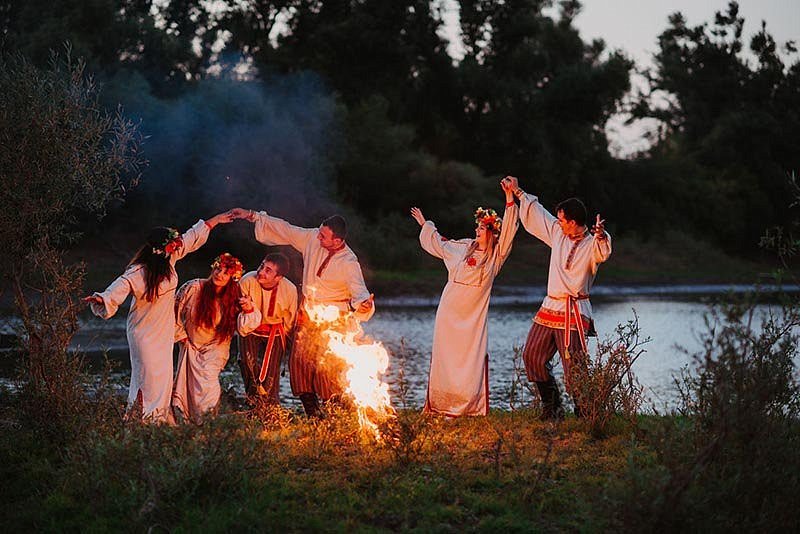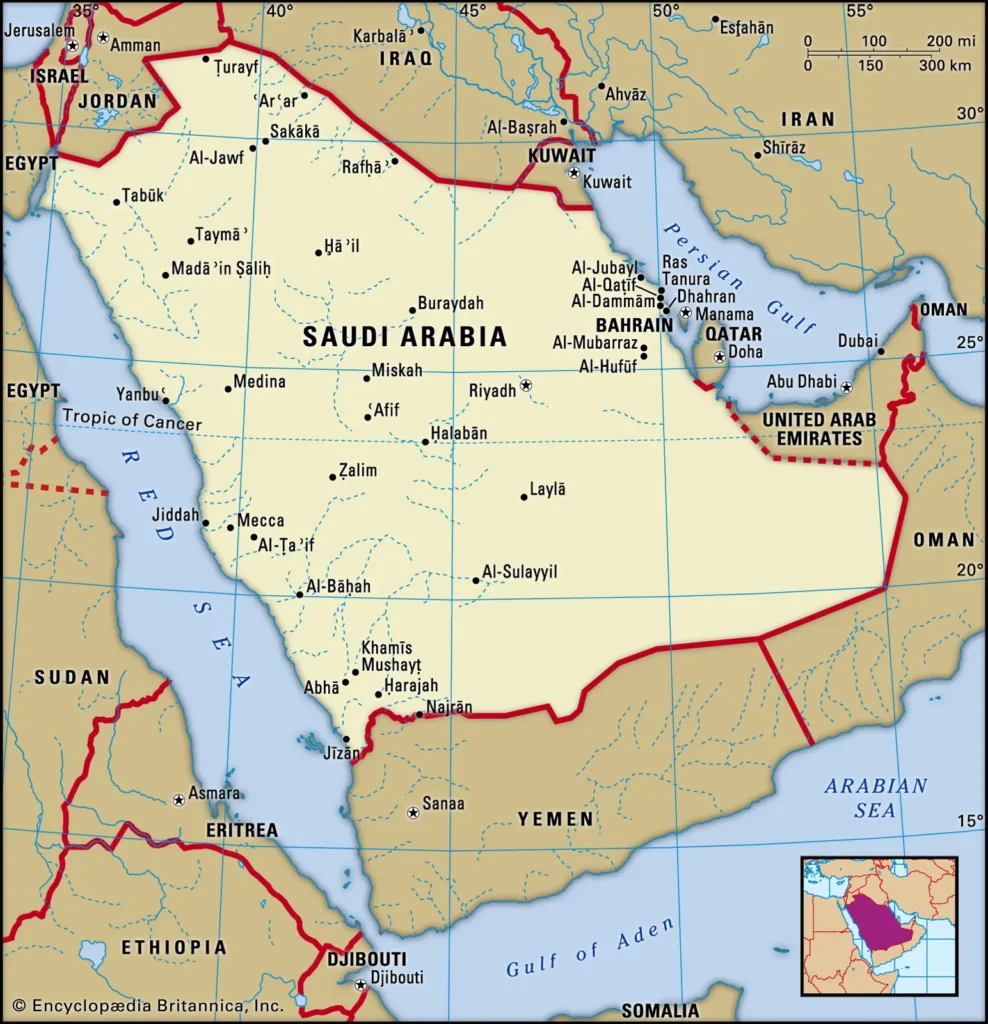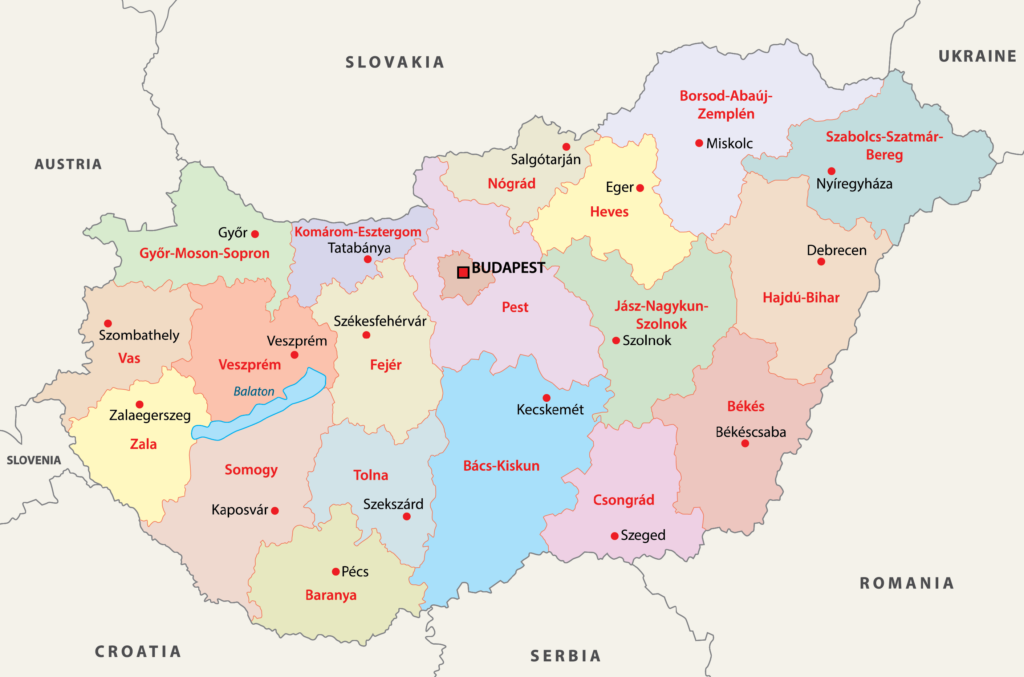Introduction
Ukraine, the second-largest country in Europe by area, is a nation rich in history, culture, and natural beauty. Located in Eastern Europe, it has a diverse landscape that ranges from the Carpathian Mountains in the west to the vast steppes and coastal areas along the Black Sea in the south. This guide provides a detailed overview of Ukraine’s geography, political divisions, history, demographics, economy, culture, tourism, and current issues.
Geography
Location
Ukraine is situated in Eastern Europe and is bordered by several countries
- To the north by Belarus
- To the northeast and east by Russia
- To the west by Poland, Slovakia, and Hungary
- To the southwest by Romania and Moldova
- To the south by the Black Sea and the Sea of Azov
Its geographic coordinates are approximately 49° N latitude and 32° E longitude.
Physical Features
Ukraine’s landscape is varied and includes
- The Carpathian Mountains: Located in the west, these mountains offer scenic beauty and are home to many unique plant and animal species.
- The Crimean Mountains: Situated in the southern Crimean Peninsula, these mountains feature a distinct Mediterranean climate.
- The Central Uplands: These include the Dnieper Uplands and the Donets Ridge.
- The Black Sea and Sea of Azov: Coastal regions that provide vital ports and tourist destinations.
- The Dnieper River: One of the major rivers in Europe, it flows from north to south through Ukraine and is crucial for transportation and hydroelectric power.
Climate
Ukraine experiences a continental climate, characterized by
- Cold winters: Average temperatures range from -8°C (18°F) in the north to -2°C (28°F) in the south.
- Warm summers: Average temperatures range from 17°C (63°F) in the north to 25°C (77°F) in the south.
- Precipitation: Varies significantly, with the western regions receiving the most rainfall due to the influence of the Carpathian Mountains.
Political Geography
Administrative Divisions
Ukraine is divided into 24 oblasts (provinces), one autonomous republic (Crimea), and two cities with special status (Kyiv and Sevastopol). Each oblast has its own local government, which is responsible for regional administration.
Key Cities
- Kyiv (Kiev): The capital and largest city, located in the north-central part of the country. It is the political, economic, and cultural center of Ukraine.
- Kharkiv: Located in the northeast, it is an important industrial and educational hub.
- Odessa: A major port city on the Black Sea, known for its beaches and vibrant cultural scene.
- Lviv: Located in the west, it is famous for its historical architecture and cultural heritage.
- Dnipro: An industrial center located in the central part of the country.
Historical Context
Ancient and Medieval History
Ukraine’s history dates back to ancient times, with evidence of human settlements from the Paleolithic period. Key historical periods include
- Scythians and Sarmatians: Nomadic tribes that inhabited the region in the first millennium BC.
- Kievan Rus’: A powerful East Slavic state that emerged in the 9th century and is considered a cultural and political precursor to modern Ukraine, Belarus, and Russia.
- Mongol Invasion: In the 13th century, the Mongol invasion led to the decline of Kievan Rus’.
Modern History
Polish-Lithuanian Commonwealth
Much of Ukraine was part of this state in the 16th and 17th centuries.
Cossack Hetmanate
An autonomous Cossack state that existed from the mid-17th century until it was absorbed by the Russian Empire.
Russian and Austro-Hungarian Rule
Ukraine was divided between these empires in the 18th and 19th centuries.
20th Century
Ukraine experienced the turmoil of World War I, the Russian Revolution, the establishment of the Soviet Union, World War II, and the subsequent Soviet era.
Independence
Ukraine declared independence from the Soviet Union on August 24, 1991.
Demographics
Population
As of the latest estimates, Ukraine has a population of approximately 41 million people. The population density varies significantly, with higher concentrations in the central and eastern regions.
Ethnic Composition
- Ukrainians: The majority ethnic group, comprising around 77% of the population.
- Russians: The largest minority group, making up about 17%.
- Other Minorities: Include Belarusians, Moldovans, Crimean Tatars, Bulgarians, Hungarians, Romanians, Poles, and Jews.
Languages
- Ukrainian: The official language and widely spoken throughout the country.
- Russian: Also commonly spoken, especially in the eastern and southern regions.
Religion
Ukraine is religiously diverse, with the following major faiths
Eastern Orthodoxy
The predominant religion, with the Ukrainian Orthodox Church (Moscow Patriarchate) and the Orthodox Church of Ukraine (Kyiv Patriarchate) being the largest denominations.
Greek Catholic Church
Particularly strong in western Ukraine.
Other Religions
Include Protestantism, Islam, Judaism, and Roman Catholicism.
Economy
Key Sectors
Ukraine has a mixed economy with several key sectors
Agriculture
Known as the “breadbasket of Europe,” Ukraine is a major producer of grains, including wheat, barley, and corn. Other important agricultural products include sunflower oil, sugar beets, and livestock.
Industry
Heavy industry, particularly in the eastern regions, is significant. This includes metallurgy, machinery, and chemical production.
Energy
Ukraine has substantial coal reserves and is also a transit country for Russian natural gas pipelines to Europe.
IT and Services
The IT sector has been growing rapidly, with Ukraine becoming a hub for outsourcing and software development.
Trade and Industry
Ukraine’s trade is heavily oriented towards the European Union, Russia, and other CIS countries. Key exports include agricultural products, metals, machinery, and chemicals.
Culture
Traditions and Customs
Ukrainian culture is rich and diverse, with deep-rooted traditions in music, dance, and folklore. Key customs include
- Traditional Music and Dance: Folk music often features instruments like the bandura, and traditional dances such as the hopak are popular.
- Festivals: Major holidays include Christmas, Easter, and the Ivan Kupala Day, which is celebrated with folk music, dancing, and bonfires.
Arts and Literature
Ukraine has a vibrant arts scene, with notable contributions in literature, painting, and performing arts. Prominent figures include
- Literature: Taras Shevchenko, Lesya Ukrainka, and Ivan Franko.
- Visual Arts: Renowned artists like Kazimir Malevich and Maria Primachenko.
- Theater and Film: Ukraine has a strong tradition of theater and cinema, with contemporary filmmakers gaining international recognition.
Cuisine
Ukrainian cuisine is hearty and diverse, with staple dishes such as:
- Borscht: A beet soup often served with sour cream.
- Varenyky: Dumplings filled with potatoes, cheese, or fruit.
- Holubtsi: Cabbage rolls stuffed with meat and rice.
- Paska: Traditional Easter bread.
Tourism
Major Attractions
Ukraine offers a wide range of tourist attractions, including
- Kyiv: Known for its historical sites such as St. Sophia’s Cathedral and the Kyiv Pechersk Lavra.
- Lviv: Famous for its well-preserved medieval architecture and vibrant cultural scene.
- Odessa: Popular for its beaches, 19th-century architecture, and the Potemkin Stairs.
- Carpathian Mountains: A destination for hiking, skiing, and experiencing traditional Hutsul culture.
Natural Sites
Ukraine is home to several natural wonders, including:
- Askania-Nova: A biosphere reserve with unique flora and fauna.
- Dniester Canyon: Known for its stunning landscapes and outdoor activities.
- Shatsky National Natural Park: Famous for its lakes and biodiversity.
Current Issues
Political Climate
Ukraine’s political landscape has been shaped by recent events, including
- Revolution of Dignity (2014): A series of protests that led to the ousting of President Viktor Yanukovych.
- Annexation of Crimea: In 2014, Russia annexed Crimea, a move widely condemned by the international community.
- Conflict in Eastern Ukraine: An ongoing conflict with Russian-backed separatists in the Donbas region.
International Relations
Ukraine’s international relations are focused on
- European Union: Ukraine has been seeking closer ties with the EU and has signed an Association Agreement.
- NATO: While not a member, Ukraine has been cooperating with NATO and aspires to join the alliance.
- Relations with Russia: Remain strained due to the annexation of Crimea and the conflict in Eastern Ukraine.
Conclusion
Ukraine is a country with a rich cultural heritage, diverse geography, and a complex history. From its scenic landscapes and historic cities to its vibrant traditions and dynamic economy, Ukraine offers much to explore and understand. Despite facing significant challenges, Ukraine continues to strive for a brighter future on the global stage.
Ukraine is the largest country entirely in Europe. It gained independence from the Soviet Union in 1991. The capital and largest city is Kyiv. Ukraine is known as the “breadbasket of Europe” due to its extensive grain production. The country is rich in cultural traditions, including the famous Ukrainian Easter egg art, known as pysanka.
What is the size of Ukraine map?
Ukraine covers an area of approximately 603,628 square kilometers (233,062 square miles), making it the largest country entirely within Europe and the 46th largest country in the world.
What is the oldest map of Ukraine?
The oldest known map depicting parts of present-day Ukraine is the Tabula Peutingeriana, a Roman road map from the 4th or 5th century. It shows various settlements and roads of the Roman Empire, including regions that are now within Ukraine.
Is Ukraine in the world map?
Yes, Ukraine is prominently featured on the world map. It is located in Eastern Europe, bordered by several countries and the Black Sea, making it a significant country in the region both geographically and politically.
Who borders Ukraine on the map?
Ukraine is bordered by Belarus to the north, Russia to the northeast and east, Poland, Slovakia, and Hungary to the west, Romania and Moldova to the southwest, and the Black Sea and Sea of Azov to the south.
What is Ukraine known for?
Ukraine is known for its rich cultural heritage, including traditional music, dance, and art. It is also famous for its fertile land and agricultural output, particularly in grain production. Additionally, Ukraine has notable historical landmarks such as the ancient city of Lviv, the Carpathian Mountains, and the Black Sea coastline.
What are the geographical features of Ukraine?
Ukraine’s geography is diverse, featuring the Carpathian Mountains in the west, vast steppes and plains in the central and southern regions, and the Crimean Peninsula with its coastal mountains in the south. Major rivers include the Dnieper, Dniester, and Southern Bug. The country also has extensive Black Sea and Sea of Azov coastlines.
Why is Ukraine called Ukraine?
The name “Ukraine” is derived from the Slavic word “kraj,” which means “border” or “region.” Historically, it referred to the borderlands of the Polish-Lithuanian Commonwealth and later the Russian Empire. Over time, it came to signify the region inhabited by the Ukrainian people.
What was Ukraine called before?
Before becoming an independent nation, the territory of Ukraine was known by various names depending on the ruling power at the time. During the medieval period, it was part of the Kievan Rus’. Later, under the Polish-Lithuanian Commonwealth, it was called the “Ukrainian lands.” During the Soviet era, it was the Ukrainian Soviet Socialist Republic.
Is Ukraine landlocked?
No, Ukraine is not landlocked. It has extensive coastlines along the Black Sea and the Sea of Azov, providing it with access to maritime trade routes and significant port cities like Odessa and Mariupol.
What are 5 facts about Ukraine?
Ukraine is the largest country entirely in Europe. It gained independence from the Soviet Union in 1991. The capital and largest city is Kyiv. Ukraine is known as the “breadbasket of Europe” due to its extensive grain production. The country is rich in cultural traditions, including the famous Ukrainian Easter egg art, known as pysanka.
What is the size of Ukraine map?
Ukraine covers an area of approximately 603,628 square kilometers (233,062 square miles), making it the largest country entirely within Europe and the 46th largest country in the world.
What is the oldest map of Ukraine?
The oldest known map depicting parts of present-day Ukraine is the Tabula Peutingeriana, a Roman road map from the 4th or 5th century. It shows various settlements and roads of the Roman Empire, including regions that are now within Ukraine.
Is Ukraine in the world map?
Yes, Ukraine is prominently featured on the world map. It is located in Eastern Europe, bordered by several countries and the Black Sea, making it a significant country in the region both geographically and politically.
Who borders Ukraine on the map?
Ukraine is bordered by Belarus to the north, Russia to the northeast and east, Poland, Slovakia, and Hungary to the west, Romania and Moldova to the southwest, and the Black Sea and Sea of Azov to the south.
What is Ukraine known for?
Ukraine is known for its rich cultural heritage, including traditional music, dance, and art. It is also famous for its fertile land and agricultural output, particularly in grain production. Additionally, Ukraine has notable historical landmarks such as the ancient city of Lviv, the Carpathian Mountains, and the Black Sea coastline.
What are the geographical features of Ukraine?
Ukraine’s geography is diverse, featuring the Carpathian Mountains in the west, vast steppes and plains in the central and southern regions, and the Crimean Peninsula with its coastal mountains in the south. Major rivers include the Dnieper, Dniester, and Southern Bug. The country also has extensive Black Sea and Sea of Azov coastlines.
Why is Ukraine called Ukraine?
The name “Ukraine” is derived from the Slavic word “kraj,” which means “border” or “region.” Historically, it referred to the borderlands of the Polish-Lithuanian Commonwealth and later the Russian Empire. Over time, it came to signify the region inhabited by the Ukrainian people.
What was Ukraine called before?
Before becoming an independent nation, the territory of Ukraine was known by various names depending on the ruling power at the time. During the medieval period, it was part of the Kievan Rus’. Later, under the Polish-Lithuanian Commonwealth, it was called the “Ukrainian lands.” During the Soviet era, it was the Ukrainian Soviet Socialist Republic.
Is Ukraine landlocked?
No, Ukraine is not landlocked. It has extensive coastlines along the Black Sea and the Sea of Azov, providing it with access to maritime trade routes and significant port cities like Odessa and Mariupol.
- 10 Most Beautiful Ozark Mountain Towns - September 3, 2024
- Countries That Start With The Letter Q - September 3, 2024
- 10 Largest Cities In Nebraska - September 2, 2024





